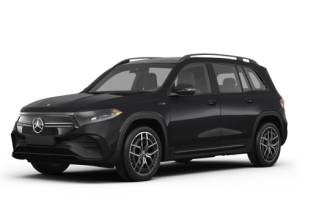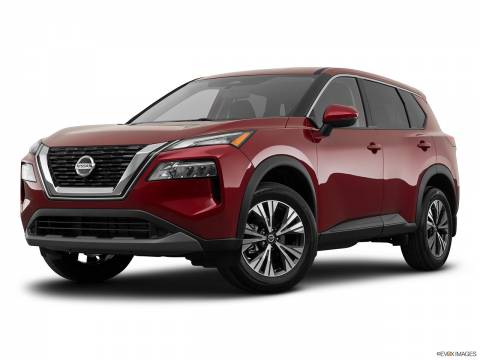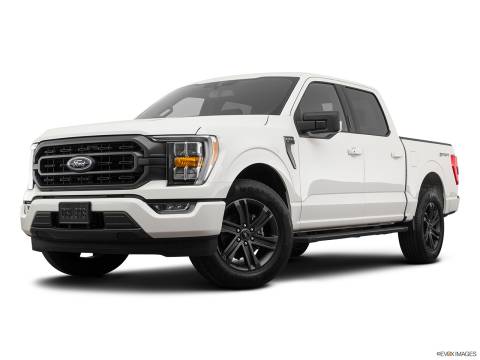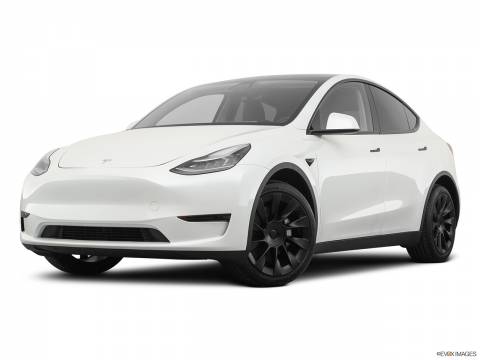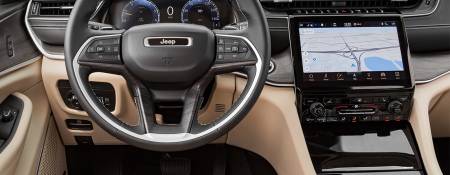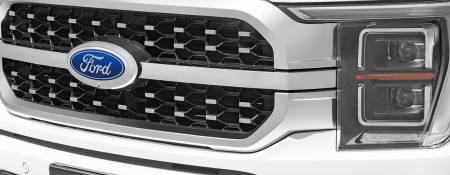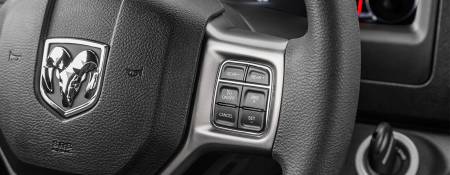If you're looking to join the electric vehicle (EV) revolution, you've probably heard of Tesla's popular Model Y and Model 3. For sure you should have seen those out there on the road Let's dive into a laid-back comparison of these two wicked cars, focusing on price, range, performance, and cool features tailored for the Great White North.
Price and Incentives
First up, let's talk money. The Tesla Model 3, the more budget-friendly sedan, starts at around CAD 52,990. The Model Y, a stylish crossover SUV, has a base price of around CAD 69,990. But don't forget about those sweet Canadian incentives that can help lower the cost!
-
Federal Incentive: The Canadian government is offering up to CAD 5,000 off through the iZEV program. Both the Model 3 and Model Y can qualify as long as they meet certain price requirements.
-
Quebec Incentive: If you're in Quebec, you're in luck! The provincial government offers up to CAD 8,000 off for eligible EVs. The Model 3 is in the clear, while the Model Y might qualify, depending on the trim and options.
-
British Columbia Incentive: BC residents can score up to CAD 3,000 off through the CEVforBC program. Like Quebec, the Model 3 is good to go, but the Model Y's eligibility will depend on the specific setup.
Now, on top of that, let's talk about battery life.
Range & Battery Life
Driving long distances or battling the cold? The Model 3's got you covered, with a range of up to 568 km on a single charge. The Model Y isn't far behind, offering a range of up to 525 km. The Model 3 gets the edge here, but both cars are pretty rad when it comes to battery efficiency.
To give you a better idea of how many charges you'd need for different daily commutes, check out this cool table:
| Commute Distance | Model 3 Charges/Week* | Model Y Charges/Week* |
|---|---|---|
| 60 km | 1 | 1 |
| 100 km | 1 | 1 |
| 120 km | 1 | 1 |
| 200 km | 2 | 2 |
*Assuming a 5-day work week and charging once the battery is depleted.
As you can see, both the Model Y and Model 3 can handle daily commutes without needing frequent charges. The table assumes you'd charge your Tesla once the battery is depleted, so for shorter commutes, you might not even need to charge every week!
Battery Life tips: One key tip is to avoid waiting until the battery is almost dead before charging it. Lithium-ion batteries, like the ones used in Teslas, prefer more frequent and smaller charging sessions. Ideally, try to keep your battery's charge level between 20% and 80% to help prolong its lifespan. Charging to 100% should be reserved for longer trips when you need that extra range. Additionally, avoid exposing your car to extreme temperatures, as it can negatively impact the battery's health. By following these simple guidelines, you'll be on the right track to maximize your Tesla's battery life and performance.
To give you a better idea of how many charges you'd need for different daily commutes while following the ideal charging habits (charging at 20% and up to 80%), check out this cool table:
| Commute Distance | Model 3 Charges/Week* | Model Y Charges/Week* |
|---|---|---|
| 60 km | 2 | 2 |
| 100 km | 2 | 2 |
| 200 km | 4 | 4 |
| 120 km | 3 | 3 |
*Assuming a 5-day work week and charging from 20% to 80%.
As you can see, both the Model Y and Model 3 can handle daily commutes with just a few charges per week, even when following the ideal charging habits. Keep in mind that this table assumes a consistent commute distance and that actual charging frequency may vary depending on factors like weather, driving style, and terrain.
Performance & Space
For those who love zipping around, both the Model Y and Model 3 deliver some serious acceleration and handling. The Model 3 goes from 0 to 100 km/h in just 5.3 seconds (base model), while the Model Y does it in 5.6 seconds. You can also upgrade to performance models for even quicker acceleration – we're talking 3.1 seconds for the Model 3 Performance and 3.5 seconds for the Model Y Performance!
Need extra room for hockey gear or a weekend getaway? The Model Y is your go-to with more interior space and a total cargo capacity of 2,080 liters. The Model 3 isn't as roomy, offering 425 liters of cargo space. If you're all about storage and space, the Model Y's got your back.
Both the Model Y and Model 3 are packed with features that make them perfect for Canadian drivers:
-
All-Wheel Drive (AWD): Optional AWD for both models means better traction and handling on icy roads.
-
Cold Weather Features: Stay toasty with standard heated seats, steering wheels, and side mirrors. Plus, the heat pump system helps improve efficiency in the cold.
-
Over-the-air updates: Keep your ride fresh with continuous updates and new features sent directly to your Tesla.
So there you have it! The Tesla Model Y and Model 3 cater to different tastes and needs in the Canadian market. The Model 3 is the more budget-friendly option with a bit more range, while the Model Y offers more space for your gear and a higher seating position. Both cars come with some great features for the Canadian climate. In the end, it's all about what suits you best.





